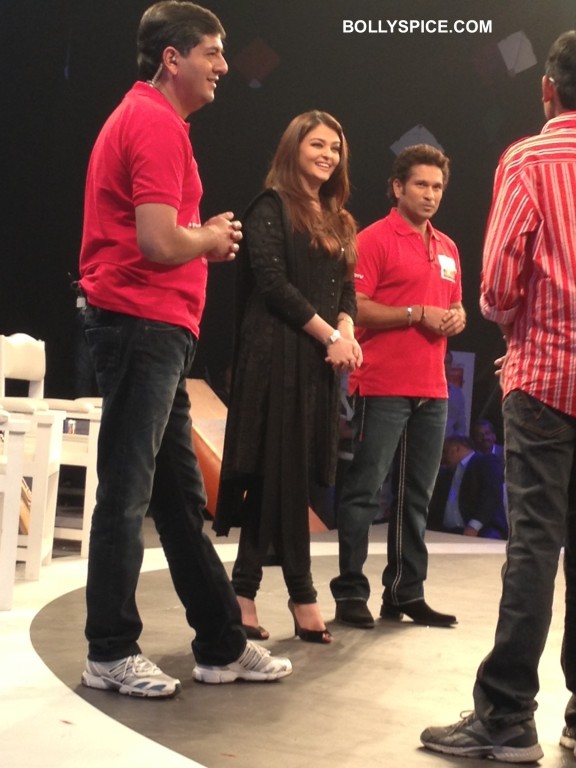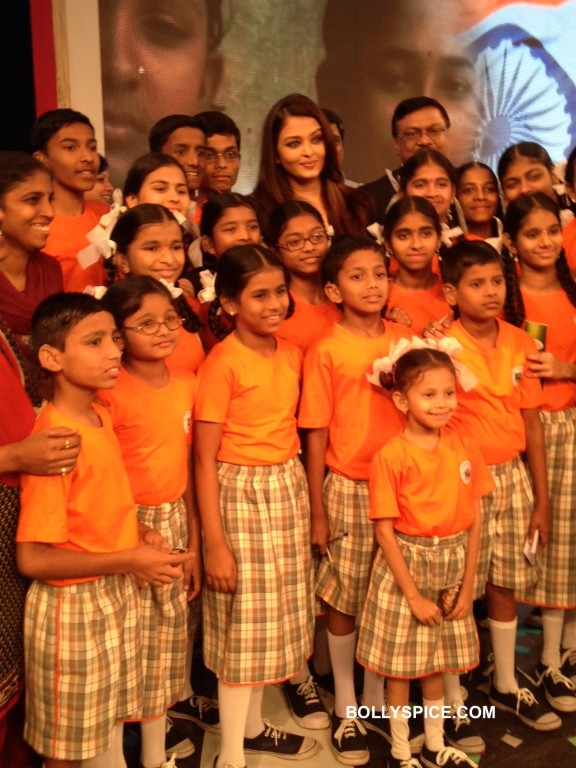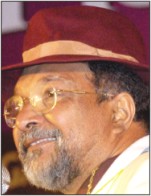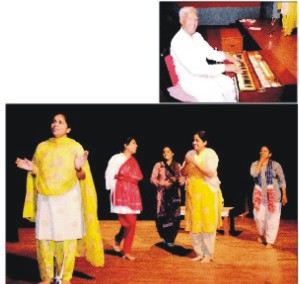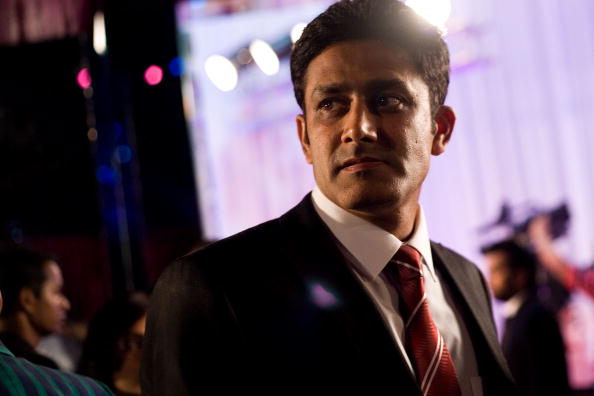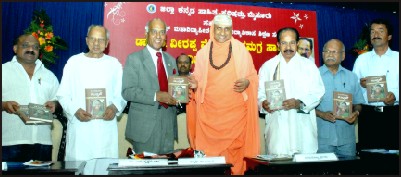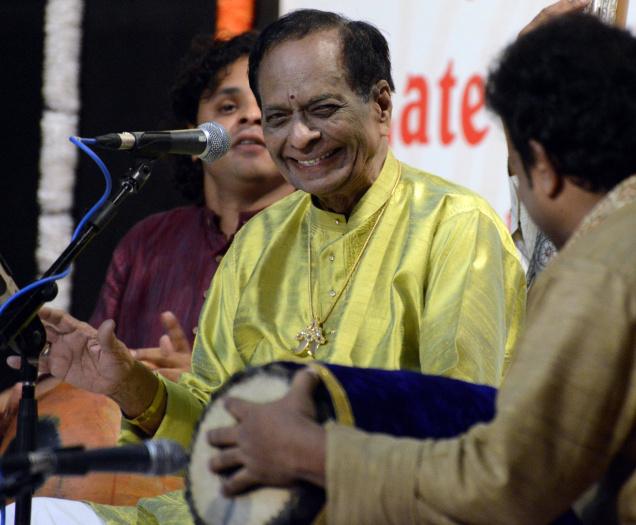For more than a decade, Azim Premji Foundation has been working to improve education. Just like at Wipro, Premji has left it to a professional team to run it
 Image: Namas Bhojani for Forbes India
Image: Namas Bhojani for Forbes India
|
Azim Premji’s work to improve education is one of the largest such programmes backed by individual giving in India
|
Azim Premji
Award: Outstanding Philanthropist
Age: 67
Why He Won: For making India’s biggest philanthropic contribution for achieving universal quality education.
His Trigger: Was deeply disturbed by growing inequity between haves and have-nots; was afraid growing disparity would threaten society.
His Mission: Improving quality of education; which would improve social and economic conditions.
His Action Plan: Working with government schools, bringing change at the top, improving quality of teachers, increasing capacity of education officers.
His next move: Set up institutions like Azim Premji University, to
produce education professionals, focus on research, set up 200 rural schools to showcase good education.
So when exactly did Azim Hashim Premji, the third richest Indian and ‘Asia’s most generous man’ feel the first tug of philanthropy? Was it when, as a young man studying at Stanford University, he dreamt of joining an international development agency like the World Bank? Or maybe it was when his mother, a doctor, set up a philanthropic children’s hospital in the 1940s. Or was it in the 1950s and ’60s when he was soaking in the spirit of nation building growing up in Nehru’s India? Or did it come much later, when in the late ’90s he watched his millions grow into billions, thanks to the IT boom, all the while becoming aware of the distance between his wealth and the average Indian’s income?
No one knows the answer, not even Premji.
Dileep Ranjekar, who has worked with Premji for close to four decades and started the Azim Premji Foundation (APF), says Premji first started talking about working in the social sector in 1998-99. Ranjekar, who was then head of Wipro’s HR, and Premji were staying in the Wipro guesthouse at Brunton Road, Bangalore. Premji was shifting Wipro’s HQs from Mumbai to Bangalore.
Both of them would sit late in the evenings talking and it was on one such evening that Premji first broached the idea. He had spent the last 30 years building Wipro, which was successful and stable, and now at 54 he felt that he needed to do something more.
After a lot of deliberation he chose to work in education and told Ranjekar to come up with a plan, but with one clear instruction: Whatever area they picked in education, it must have widespread impact.
The conversation that started in that guesthouse has today resulted in one of the largest programmes backed by individual giving in India and perhaps Asia. Premji has pledged close to $2 billion from his personal wealth to APF, which is working to improve elementary education across government schools in India. APF today has 800 employees. Last year the Azim Premji University started three post graduate courses in education and development to beef up capacity in the education sector.
It may take several more years, if not decades, to truly feel the impact of Premji’s efforts, but the work has left a deep impression on him. “As a person I have become more hopeful and optimistic… When you see teachers, government officials, my own colleagues in the Foundation, working in the toughest circumstances possible… it reaffirms faith in the goodness of man,” he says.
Now at 67, he has only one regret. That he waited too long to embark on this journey. “I wish I had started earlier, maybe in 1990, not in 2000,” he told Forbes India in an email interview.
His role as chairman of Wipro takes up most of his time today, but that is set to change. “He is spending more and more time on this [philanthropy]; it will increase going forward,” says older son Rishad who is also on APF’s board. Premji has talked to people about giving away most of his wealth (estimated at about $12 billion) to philanthropy. Rishad says that everyone in his family understands that the wealth does not belong to them. “He’s always told us, ‘I am comfortable giving you something in life but if you want anything above that, you have to earn it for yourself. The rest is meant to be given away, it is an obligation to give it away’,” says Rishad.
Close friend and associate Narayanan Vaghul, former chairman of ICICI Bank who is on the board of both Wipro and APF, says, “Premji is one of those rare people who sincerely believe that philanthropy is not a hobby. Even 20 years ago he was a hardcore businessman, and he is not particularly religious. But this work has changed him spiritually, it has made him a better person.”
Unlike Wipro where he kept his family out for a very long time (Rishad joined in 2007), every member of his family is involved in APF. Wife Yasmeen and Rishad are board members, while younger son Tariq works in APF’s endowment office. Premji says that having the family’s support is crucial in this work. “Your immediate family must resonate with the ideas, the purpose and philosophy. Else, the impact will be much less than it could be,” he says.
After maintaining a laser like focus on education for most of the last decade, he is now thinking of expanding into other areas like health care and livelihoods. “He is deeply worried about the state of governance in the country today,” says Vaghul, and some of his close associates say that he may choose to work in that field next. In January last year he joined 13 eminent citizens in India, such as former RBI governor Bimal Jalan, HDFC Chairman Deepak Parekh, and Godrej & Boyce Chairman Jamshyd Godrej to write an open letter to national leaders on governance deficit and corruption in the country. On November 2, while announcing Wipro’s quarterly results, he exhorted Bangaloreans to protest against non-clearance of tonnes of garbage lying on the streets.
source: http://www.forbesindia.com / Forbes India / Home> Features> Philanthropy Awards 2012 /by Mitu Jayashankar / December 03rd, 2012
